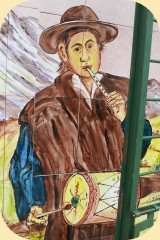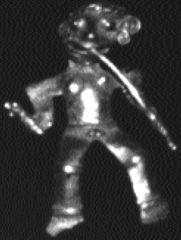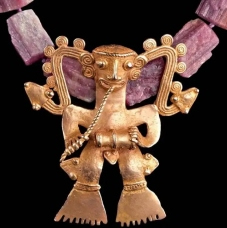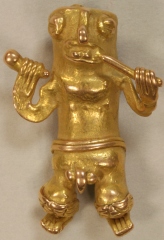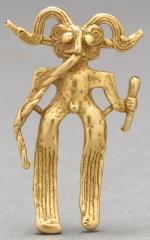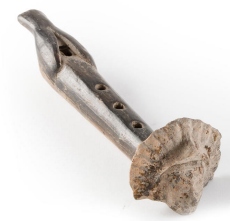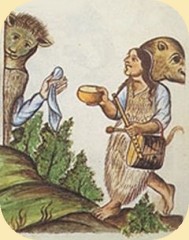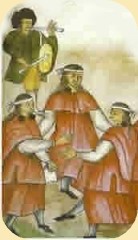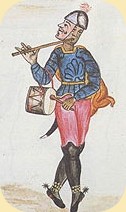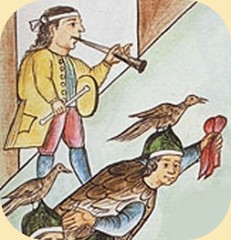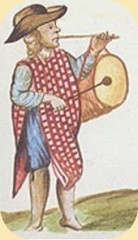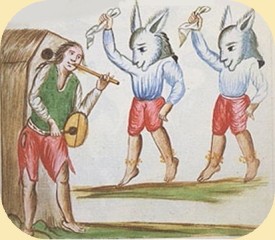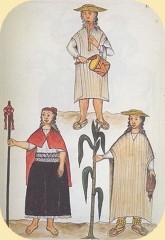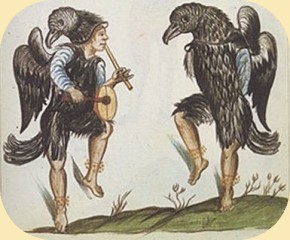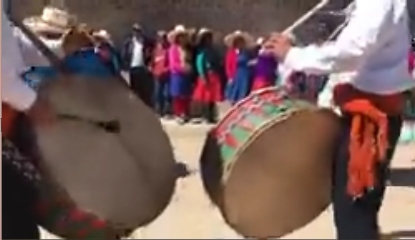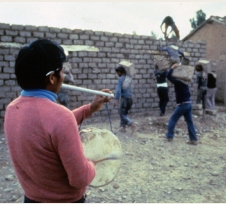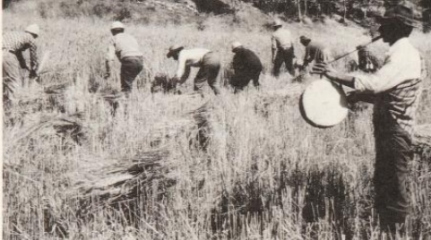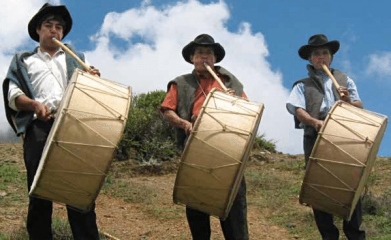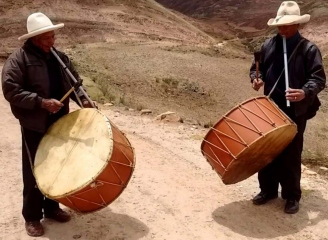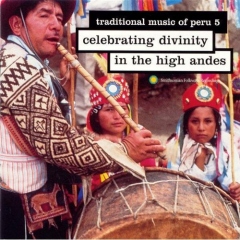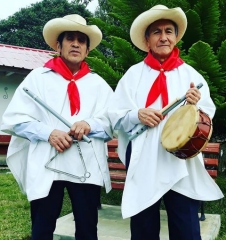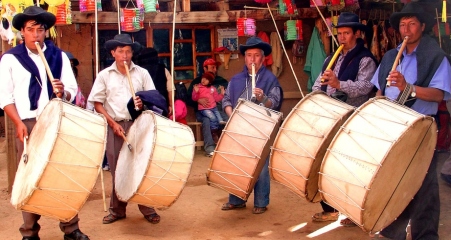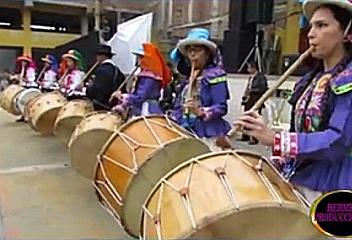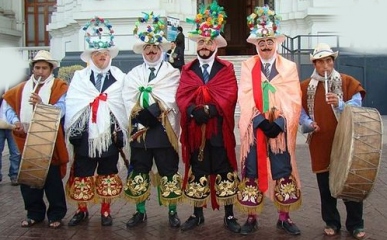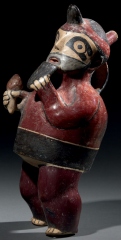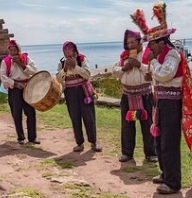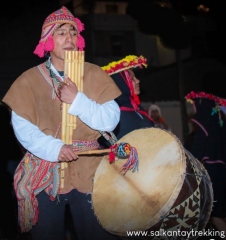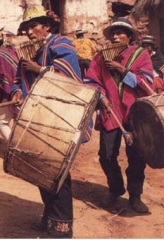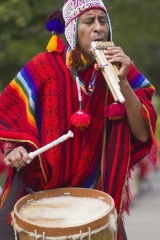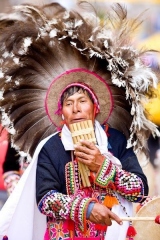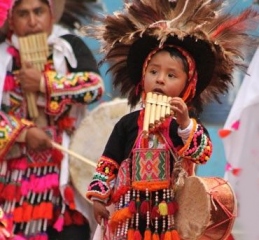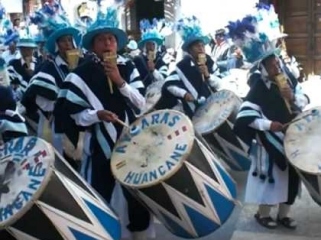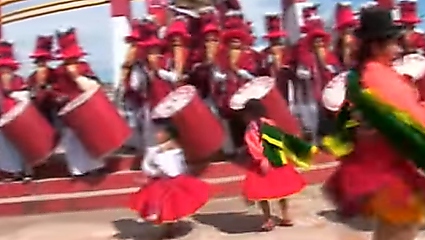Ecuador |
In the 18th century, it is reported, an Indian played a flute and a small drum accompanying specially trained
dancers in the Corpus Christi procession in Andean Ecuador. The pipe and tabor is still played in processions.
1791 Quito ‘The Disposition of the Indians in the Province of Quito’
“…They are lively only in parties of pleasure, rejoicings, entertainments, and especially dancing
;… one plays on a pipe and tabor, while others dance…”
‘Universal geography formed into a new and entire system; describing Asia, Africa, Europe, and America; ... also giving a general account of ... the history of man, ... the state of arts, sciences, commerce
by Payne, John
1870 - “ The masquerade at Machachi was evidently intended to keep alive the memory of the Incas.
Three Indians ... danced to music of the rudest kind, one individual pounding on a drum and blowing
on a pipe at the same time.” [source] |
|
| |
|
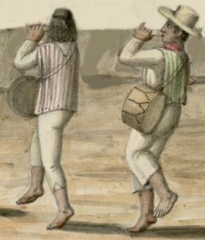 1860's 1860's |
 |
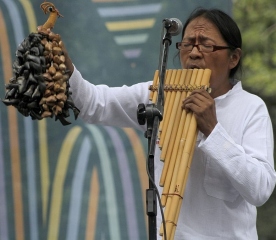 panpipes and rattle panpipes and rattle |
|
|
|
|
|
| |
Guatemala |
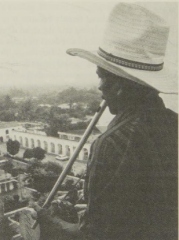 2004 2004 |
|
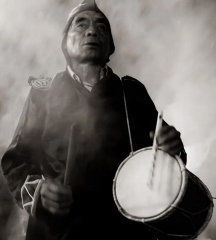 2005 photog.Stan Raucher 2005 photog.Stan Raucher |
|
|
| |
Panama |
|
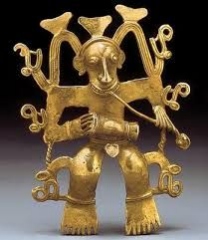 Panama/Costa Rica figure Panama/Costa Rica figure
pipe or snake? |
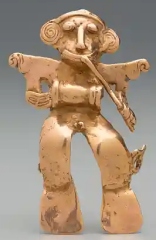 between 750 and 1400AD Panama between 750 and 1400AD Panama
Detroit Institute of Arts
|
|
|
| |
Peru |
|
Between 1782 and 1785 the Spanish Bishop of Trujillo made a trip of several years around the northwest of Peru
to discover
the region of which he was in charge.
When he was recalled he sent the king of Spain a series of more
than 1,400 illustrations
made during that trip.
These images are the “Trujillo Codex of Peru” or “Codex Martínez
Compañón”.
Eighteen of the images
from the Trujillo codex contain the scores of 20 musical pieces.
pipe and tabor playing for dancing, |
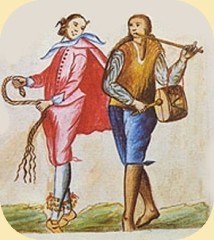 |
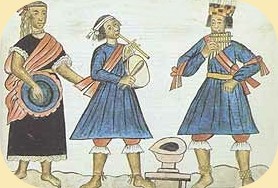 |
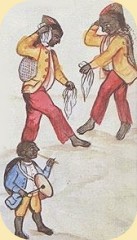 |
|
|
|
|
1794
General Description of Peru:
“…one plays on a pipe and tabor, while others dance. Some of the best voices among the Indian women
sing songs in their own language, and those who do not dance, squat down in the usual posture till it comes to their turn….”
‘An historical, geographical, commercial, and philosophical view of the American United States’
by Winterbotham, William |
1805
“The reception was accompanied by all the splendour the wretched Panos could display. Alternating their songs,
which were accompanied by the pipe and tabor, by dancings and clamorous rejoicings….”
‘The Present State of Peru: : comprising its geography, topography, natural history, mineralogy, commerce, the customs and manners
of its inhabitants, the state of literature, philosophy, and the arts, the modern travels of the missionaries in the heretofore unexplored
mountainous territories, &c. &c.’
by Skinner, Joseph |
In 1825 William Bennet Stevenson wrote of his journeys in Peru:
“Among the feasts which the indians of Huacho celebrate, that of Corpus Christi deserves to be spoken of. ....
During the week the village is enlivened with different companies of dancers: one called huancos is composed
of eight or ten men; ....They dance along the streets to the sound of a pipe and tabor, keeping pace to the tune,
that the bells on their legs may beat time to the pipe and tabor.... The criollaos go by pairs, accompanied by
a pipe and tabor.” |
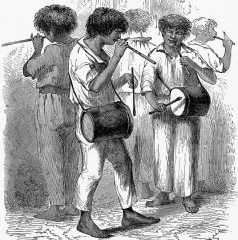 1865 Sarayacu print 1865 Sarayacu print |
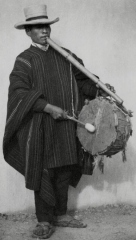 1945 - 1965 player, Cajamarca, Peru 1945 - 1965 player, Cajamarca, Peru |
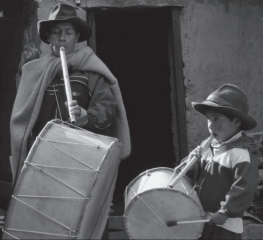 players players |
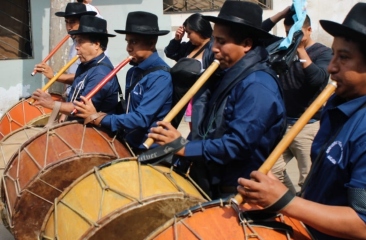 procession procession |
|
|
|
|
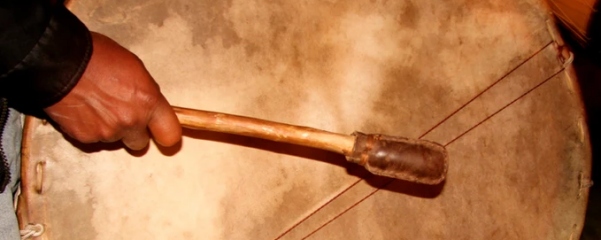 2020 drumstick 2020 drumstick |
| |
| panpipes and drum |
|
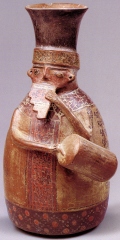 1000-1476 south Peruvian river valleys 1000-1476 south Peruvian river valleys
Ica-Chincha ceramic |
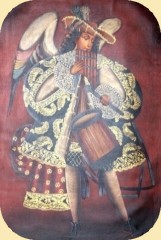 18th century Cuzco archangels 18th century Cuzco archangels |
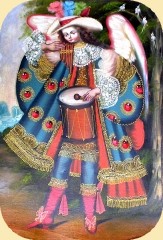 |
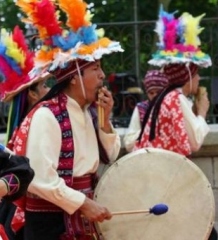 Taquile Taquile |
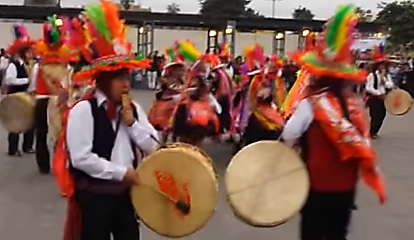 |
|
|
| Annual competition between large bands with dancers: |
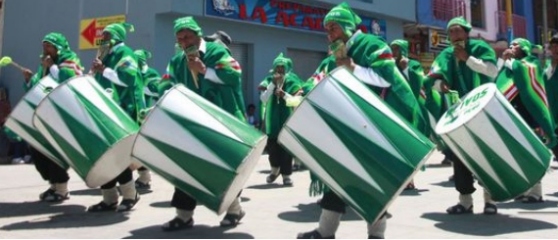 |
|
|
 2020 drumstick
2020 drumstick



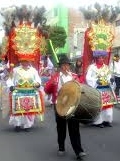
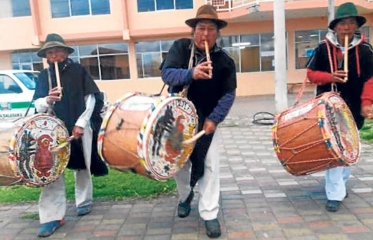
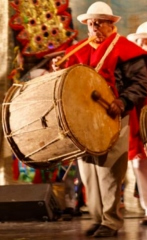 player
player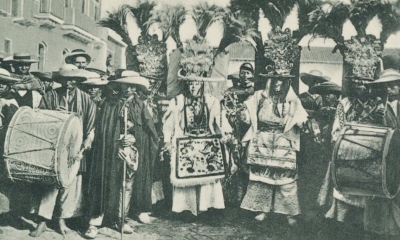
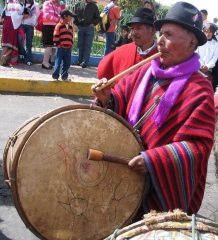
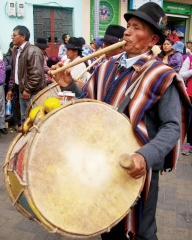
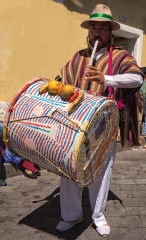
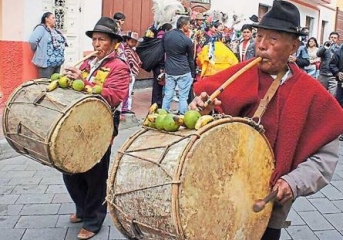

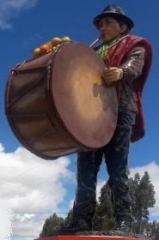
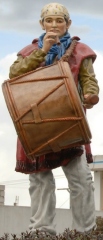
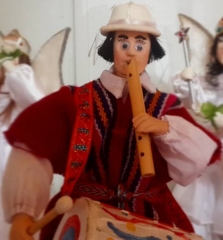 statuette
statuette